From the Bridge, a major new digital exhibition of Irish traditional music relating to New York's remarkably rich traditional Irish music heritage has been launched by ITMA, the Irish Traditional Music Archive.
Over centuries, waves of Irish immigrants have carried their local song, music and dance heritage across the Atlantic from rural homes all over the island of Ireland. Disembarking at Castle Garden, and later at Ellis Island, they dispersed to establish new lives throughout the United States, but also settling in New York city and its environs.
Curated by New York musician and historian Don Meade, and folklorist Rónán Galvin, the new microsite showcases New York's unique and enduring relationship with Irish traditional music through rare recordings, stories and photographs in a timeline spanning over 150 years.
#FromTheBridge #5 Seán McGuire plays 'Roaring Mary' recorded 1960s New York from the previously unheard Charlie Mulvihill Collection. More to come 29 June! https://t.co/0lhvfCe6Dv Image: Seán Quinn & Seán Maguire, NY, 1956. Courtesy/copyright Seán Quinn@therollingwave #itmatrad pic.twitter.com/m1SPwdtEJp
— ITMA (@ITMADublin) June 24, 2022
From the Bridge features over 370 specially selected sound and video recordings, 190 images, as well as biographies of musicians, and rich contextual introductions to the story of Irish traditional music through the decades. You will be able to focus on a particular musician, browse through galleries and playlists, or follow a musical timeline to discover new sounds and stories.
Visitors to the digital exhibition will freely enjoy a rich encompassing picture of music played socially in the homes and bars of New York, as well as commercially on stage and in recording studios, from the 19th century to the modern day.
Shared below is a sample selection of recordings and images featured in From the Bridge.
Visitors to the site will freely enjoy a rich encompassing picture of music played socially in the homes and bars of New York, as well as commercially on stage and in recording studios, from the 19th century to the modern day.
Early Years, 1870s–1900s
Welcomed in the dance halls, bars and social clubs of New York, Irish traditional musicians and dancers were also regularly featured on the variety and vaudeville stage.
One of the most prominent traditional musicians on the 19th century American stage was Thomas F. Kerrigan, an uilleann piper originally from Granard, Co Longford. By 1876 until shortly before his death he managed and performed nightly in "Kerrigan’s Pleasant Hour".
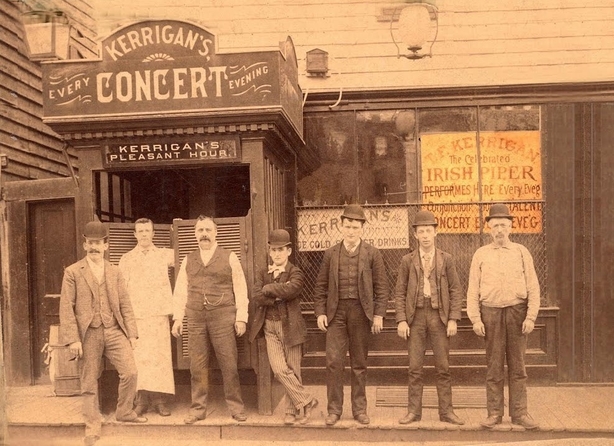
Recording Era 1920s–1930s
Sound recording heralded a new era not only in documenting icons of the tradition for future generations but also in firmly establishing the popularity of the music among the Irish in New York and the United States.
These 78 rpm disc recordings of local Irish musicians recorded in New York, notably Sligo fiddlers Michael Coleman, James Morrison and Paddy Killoran, were also to have a tremendous impact on traditional music in Ireland.
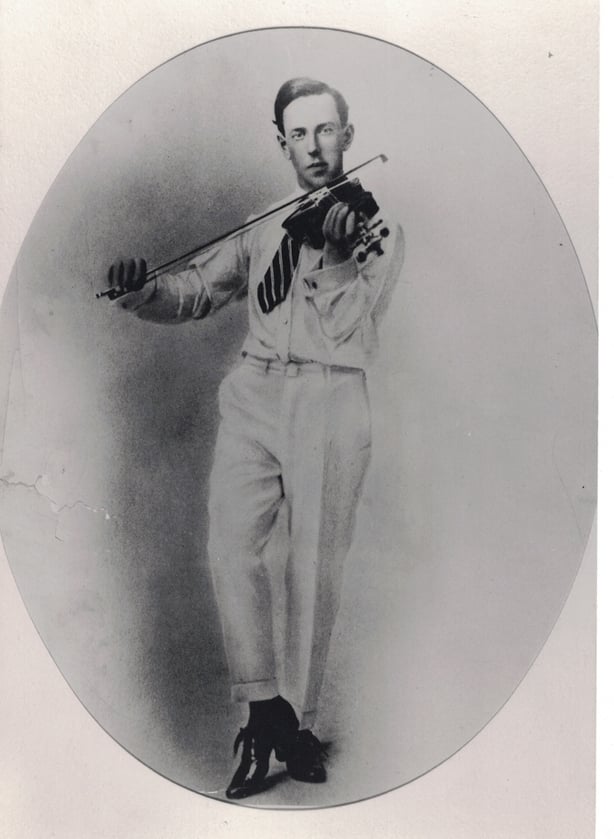
Listen: 1927 Sound Recording: The Old Grey Goose, jig
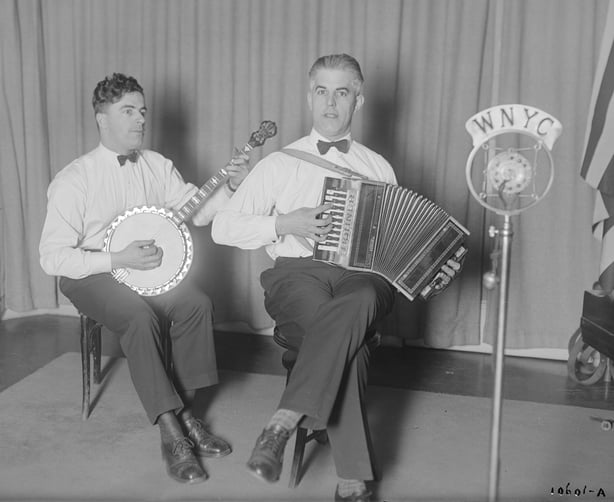
Listen: 1926 Sound Recording: ‘The Night Pat Murphy Died’, song
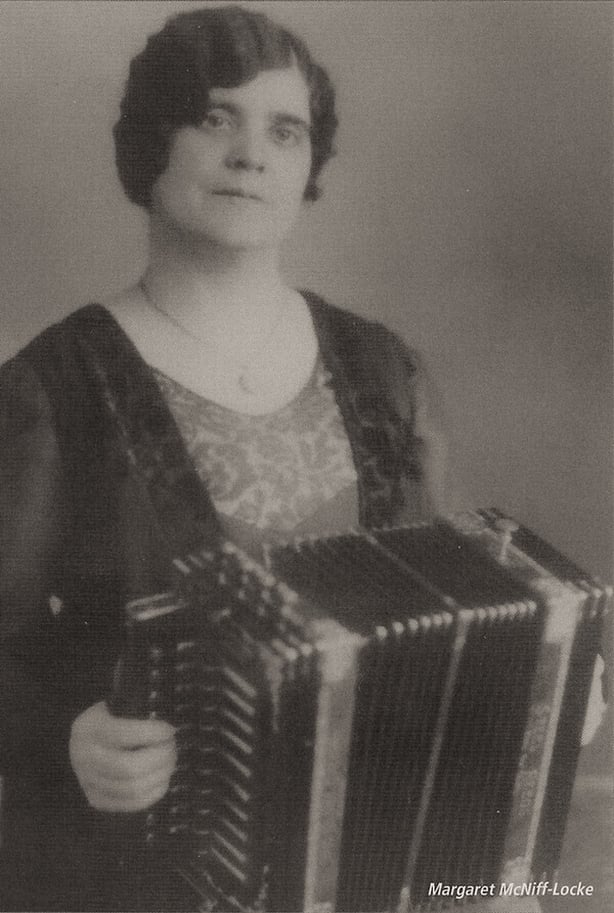
Listen: 1933 sound recording - The Frost Is All Over, jig
Amidst a scarcity of recordings of women, The Frost Is All Over from Leitrim mother and daughter, Margaret and Mary McNiff-Locke, was recorded in New York in 1933.
Post-World War II, 1940s–1960s
Irish traditional music was not however immune to the impact of wider historical events and the prominent place of Irish music was reshaped by the Great Depression and World War II. Music and dance remained popular among an active minority in New York, enthusiastically supporting music and dance classes, feis competitions, Gaelic League events and multiple musicians’ clubs, swelled again by emigration from Ireland.
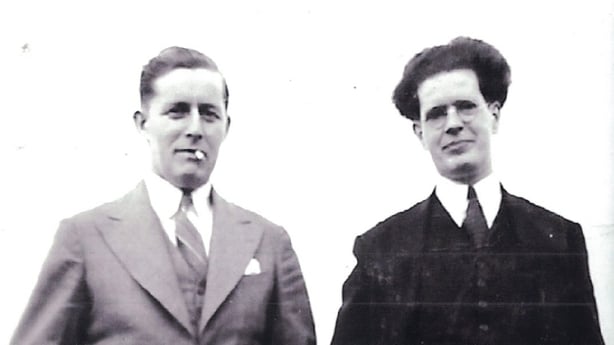
Listen: 1933 Sound Recording: Fly by Night, The High Level and The Newcastle, hornpipes
Revival Era, 1970s – 1990s
In the 1970s and 1980s, the commercial folk boom which had seen the rise of The Clancy Brothers and Tommy Makem faded but Irish traditional music continued to flourish in New York. Many of the children and grandchildren of immigrant musicians continued to play, and to teach, traditional music to even newer generations. New immigrant faces arrived from Ireland to play and record, and add to the musical mix.
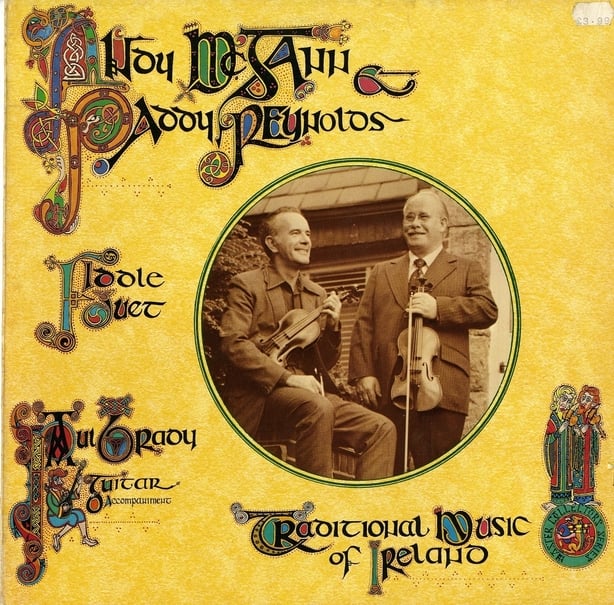
Listen: 1976 Sound Recording: Flaherty’s, Off to California, hornpipes
Modern Day
In core Irish neighbourhoods, families still send their children to traditional music classes, and a corps of dedicated teachers continue to turn out new generations of talented young musicians. Bars and festivals although not as numerous, still provide space for sessions and gatherings. The Irish Arts Center, the Catskills Festival, music and dance schools, all play their part in the enduring musical journey of Irish traditional music in New York.
Watch: New York accordion player Dan Gurney, now living in Ireland, shares his musical journey.
While drawing on material from the existing ITMA collection, this project has been generously enhanced by the donation of unheard recordings and unseen images from private family collections. Irish traditional music recorded in New York forms part of an invaluable cultural treasure of national and international significance. Through digitisation and digital preservation, the at-risk materials have now been preserved by ITMA and will be freely accessible to a global audience.
From The Bridge: A View Of Traditional Music In New York is freely available to view and enjoy online from 29 June 2022 - find out more here.
The project is supported by the Government of Ireland Emigrant Support Programme.
